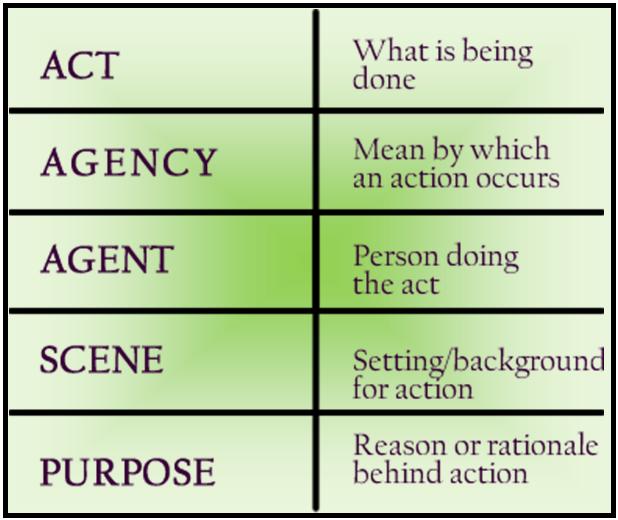Heteroglossia is not an unfamiliar term for me. In prior classes, I have learned that heteroglossia is the multiple languages an individual possesses. I don’t mean that I speak both English and Armenian; I mean that I have a one language I use to speak to my immediate family members and another to speak to professors at school… even more specifically, I have a different language I use with professors I’ve known for years and feel comfortable with on a personal level.

Bakhtin investigates “a unitary language,” a language in place that ensures an overall understanding between the people involved. There must be some level of understanding between the individuals communicating. Language is such an interesting thing – it is ever changing. One word can mean so many different things to different people. It both unifies and excludes – it is complex.
There is an “interactive relationship between speaker and addressee.” A word has no meaning if spoken to no one – it only has meaning when the person receiving the message understands it.

Kenneth Burke was interested in human motivation: What people did (act), why they did it (purpose), how they justified it. Burke explains that context is important. What is going on – what situation is the individual in. There is an example given of the shipwreck… different individuals will have different responses.

The article describes dramatism as the difference “between ‘action’ and ‘sheer motion.'” 1. Motion is required for action 2. Action is not required for motion 3. Action cannot be reduced “to terms of motion” … Burke considers the difference between faith and imagination – order and disorder. It’s interesting to consider how people rationalize and justify their actions that may or may not be socially accepted.